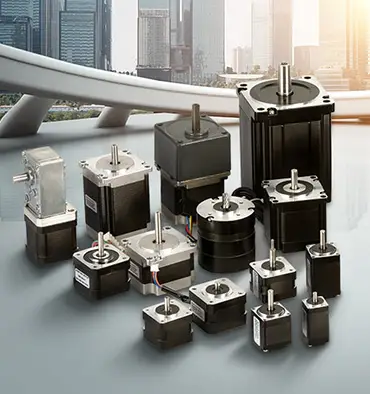How does a stepper motor work?
A stepper motor is an electromechanical device that converts electrical pulses into precise mechanical movements. Unlike a DC motor, which continuously rotates when powered, a stepper motor rotates in small and tightly controlled increments, making it ideal for applications that require accurate positioning and speed control.
The basic principle behind the operation of a stepper motor is the interaction between magnetic fields. The motor consists of a rotor, which is connected to the output shaft, and several stator coils arranged around the rotor. Each stator coil is energized in a specific sequence, causing the rotor to step forward or backward by a fixed angle.
The most common type of stepper motor is the bipolar stepper motor. It has two coils that are energized in a bipolar fashion, meaning that the current flow reverses direction with each step. The direction of rotation can be changed by changing the sequence of energizing the coils.
To control a stepper motor, a driver circuit is required. The driver circuit sends electrical pulses to the coils in a specific sequence, causing the rotor to move in a predetermined pattern. The number of steps per revolution depends on the design of the motor and the driver circuit.
One important parameter of a stepper motor is its step angle, which refers to the angle of rotation of the rotor for each step. Typical step angles range from 1.8 to 0.9 degrees, but motors with smaller step angles are also available for ultra-precise applications.
Another parameter is the holding torque, which is the maximum torque that the motor can exert without losing its position. This value depends on the size and design of the motor, as well as the current flowing through the coils.
Stepper motors are widely used in various applications, including robotics, automation, CNC machines, and printers. Their precise control and easy integration with digital systems make them ideal for many motion control tasks.
In summary, a stepper motor works by using electromagnetic fields to rotate the rotor in small and precise steps. By controlling the sequence of energizing the coils, the motor can be made to rotate in either direction with a high degree of accuracy and repeatability.


Leave a Reply